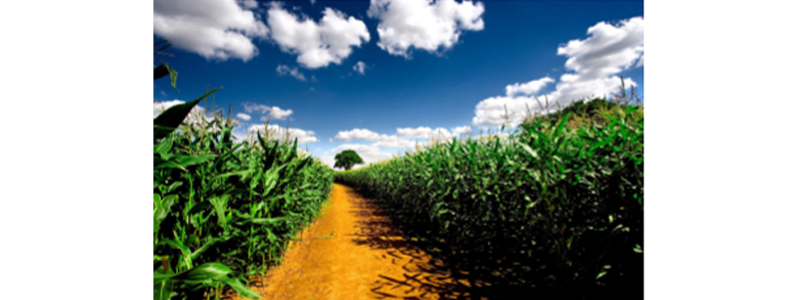 Canada and Brazil are two of the more intriguing nematicides markets in the world. Some key insights into the respective markets will be discussed in this piece.
Canada and Brazil are two of the more intriguing nematicides markets in the world. Some key insights into the respective markets will be discussed in this piece.
Canada:
Canada is the fifth largest agricultural exporter in the world. The total value of the nematicide market in Canada is estimated at over USD 80 million in 2016. Among the various crops, other vegetables is the largest group. Potato is the second-largest crop. Furthermore, soybeans is the third-largest treated crop.
Enfuse is the largest single nematicide brand, followed closely by Basamid Granule and Velum Prime. These top three brands represent only one-fourth of the total market value. This is a very fragmented market, with no product controlling more than 10% of the market and some products with less than USD 1.00 million in sales.
Metam sodium is the largest-selling nematicide active in Canada, sold by several manufacturers.
It is expected that the production acres and treated acres in Canada will remain flat for the next five to 10 years. It is unlikely that nematode-resistant varieties will be widely available within the five-year timeframe or even within 10 years. The market is ripe for a smart new chemistry nematicide that could be applied easily during planting, ideally to provide season-long control, without harvest interval restrictions. Significant development will be required to find the right combination of products that could provide Verticillium control to replace metam sodium.
Brazil:
Brazil is one of the world leaders in the production and export of many agricultural products, and its production of coffee, cocoa, sugarcane, soybeans, and corn play an important role in the global economy.
Nematodes have always been present in the Brazilian soil, especially in soils with low fertility levels like in the Brazilian Cerrado and the Brazilian Savanna, where the presence is estimated between 75% and 100%. In recent years, the strong expansion of cultivated areas in the country, especially with inadequate or nonexistent practices of crop rotation, has provided an increase in the incidence of nematodes. These pests are considered hidden enemies of producers because it is not always possible to visualize or identify them in the field. Most of the time, the symptoms in the aerial part of the plants are easily confused with other causes, such as nutrient deficiency, pest and disease attacks, drought, and soil compaction. Worldwide, more than 15,000 species of nematodes are identified, of which the ones that cause the most problems for Brazilian agribusiness are those of the species Meloidogyne, Pratylenchus, and Heterodera.
The nematicides market in Brazil totals USD 125.3 million (BRL 426.1 million) in 2016 and is focused primarily on soybeans, sugarcane, and corn, followed by rice, coffee, and, to a lesser extent, cotton.
The two leading nematicide suppliers—FMC and Syngenta—represent about 78.5% of the total sales in 2016.
The scenario for the Brazilian agricultural sector in 2017 is positive. The agribusiness GDP is expected to grow 2% and the grain harvest could reach a record 215.0 million tonnes. The planted area for soybean crops is expected to increase due to the greater liquidity, profitability, and lower cost. It is also expected an increase in planted area for rice, beans, and corn, mainly due to the good prices and local incentives for the recovery of the planted area in the first corn crop.
The agribusiness industry has the challenge of addressing and resolving the nematological problems that have been worsening and expanding in Brazil. As agriculture is expanding and the industry is modernizing, new problems have arisen with phytoparasite nematodes. The challenge in the upcoming years is to respond to this increased demand. As a result, the nematicide market is expected to grow at a rate of 3.2% per annum by 2026.

